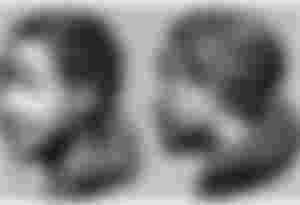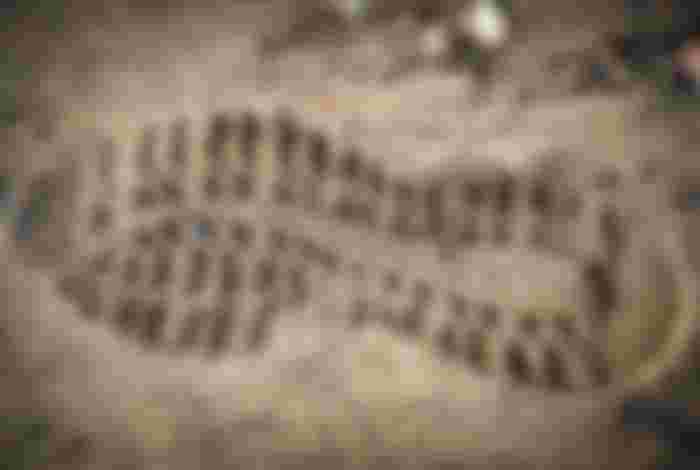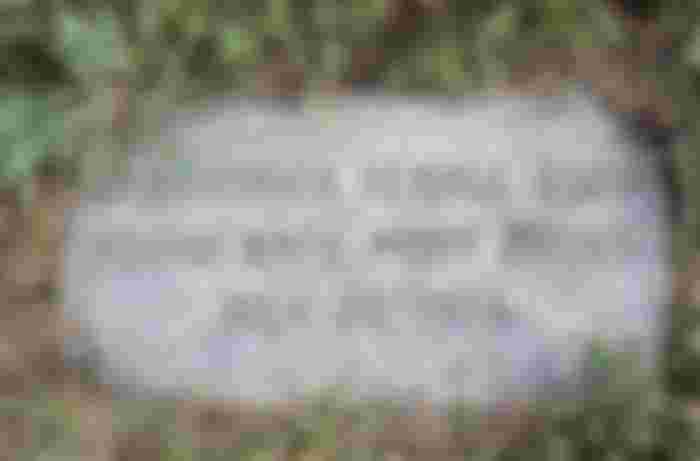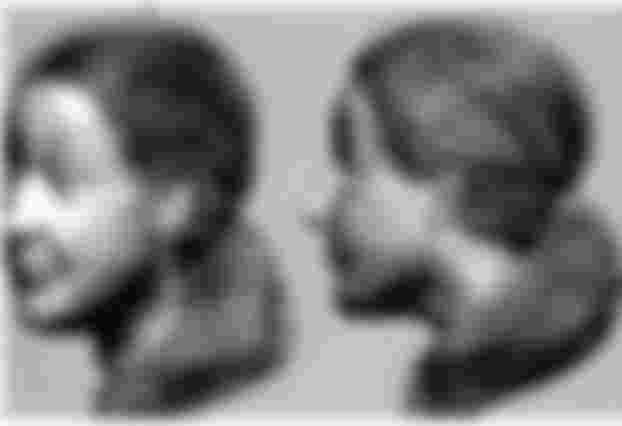Lady Of The Dunes
On July 26, 1974, in Provincetown, Massachusetts, a 12-year-old girl named Leslie Metcalfe walked with her parents and friends along the sand dunes of a stretch of shore called Race Point.
As they walked, one of the dogs became extremely nervous and began to run forward barking, and the child ran after him. They were greeted by a shocking sight among the bushes: a female body was found. She immediately ran to her parents. A member of the group went to look for park rangers, they arrived to the scene fast.
The body was covered in beetles and she lay face down in the sand on a green beach towel. There was a headscarf under her head and a pair of jeans folded as if it were being used as a pillow. Police first found no external injuries to the victim, so they suspected she may have known the killer or was unconscious during the attack, or may have been asleep. Police also found 40-41 footprints at the scene, which disappeared in the sand as they moved away.

From the condition of the footprints, they concluded that their owner may have been overweight and he may have run. In addition, the wheel tracks of a car were also found 45 to 50 meters away. However, these clues may not have been left by the attacker, as it was later revealed that the corpse may have been there for 1.5-3 weeks.
Police found neither fingerprints nor a murder weapon, and no alcohol or drugs were found in the victim's body. The mysterious woman was about 168 cm tall and 66 kg. Some of her teeth were removed, presumably so that she could not be identified. Nevertheless, doctors found that a number of dental procedures were performed on the victim, worth a total of $ 5-10,000. (Today, that equates to about $ 25,000.) Doctors said the interventions were New York-style, so they were elite interventions. However, no one reported that he knew the victim. The dental findings were distributed throughout the state of Massachusetts and appeared in dental newspapers, but no one reported that he did them.
The woman was found almost completely beheaded and her hands cut off. This suggests that the assailant also tried to erase the woman's fingerprints so that it was not revealed who the victim was. However, the woman's death was not caused by the mutilation but by a great blow to her head. Police also found clues to sexual abuse, which probably occurred after the murder using some wooden device.

Police Chief James Meads suspected the victim could have been taken to the scene in a 4-wheel sand-running vehicle because it was almost certain they had not been killed there. The investigation lasted until the fall of 1974, with 30 detectives working on the case but the clues cooled. The woman was buried in October and "unidentified female body found race point dunes July 26, 1974" was written on her grave.

The portrait of the woman was made of clay in 1979 and drawings were made of her based on her supposed appearance, but no one in the area was familiar with the victim. Later, the FBI also joined the investigation, so the images reached more places in America, but there were still no results. It could even mean that the woman was not American. The body has been excavated several times over the years to perform new tests on it. DNA tests were performed several times but to no avail. Finally, in 2019, authorities announced that DNA would also be compared to the database used for family tree research, but the results are not yet known.

Eyewitnesses
In 1987, a Canadian woman told a friend that she had seen her father strangle a woman around 1972 in Massachusetts. Police tried to locate the woman, but she disappeared by the time she was found at her address.
And another woman from Maryland, based on a picture of the dead woman, said she looked like her sister, who disappeared in 1974.
Rory Gene Kesinger was 25 years old at the time of the crime and escaped from prison a year earlier while awaiting trial for bank robbery and drug trafficking. After her escape, she was never seen again and some likened her to a victim. But based on DNA tests, she was ruled out of the case.
Suspects
Garden Clark was a paranoid schizophrenic killer who confessed to the crime and also said what the police were looking for was there in his grandfather’s garden. However, nothing proved his guilt, police said he just wanted a bigger reputation for himself.
The other theory relates to the famous gangster, Whitey Bulger. He and his Winter Hill gang also removed the teeth of their victims and did everything they could to hide their identities. Several eyewitnesses claimed to have been seen the gang leader in the township at the time of the murder and were also said to have been to one of the gay bars in Provincetown several times. Nevertheless, authorities never treated him as a suspect. The size of the footprints found in the sand was otherwise the same as the size of a man's foot.
In 2015, Joe Hill (son of Stephen King) read an American crime book featuring this case and drawings of the woman. Then he remembered something and watched again the classic The Shark, by Steven Spielberg, which was filmed on Martha's Vineyard Island about 160 miles away from where the body was found. Hundreds of stats were featured on this filming. In one of the scenes in the film, a woman appears who is very similar to the drawings. She also has a headscarf on her head and wore the same jeans found under the body of the corpse. Later, one of the film’s writers, Carl Gottliebe, said the scene was shot on May 25, 1974. The authorities acknowledged the great similarity but gave little probability to this solution.

So this case is still unresolved, the identity of the dead woman is still unknown and no one has yet applied to know the victim.
Who was she?
Why did she have to die?
Why was her dead body shown in public?
We will probably never get an answer to these questions.
Sources: Pixabay, Doenetwork , Findagrave






